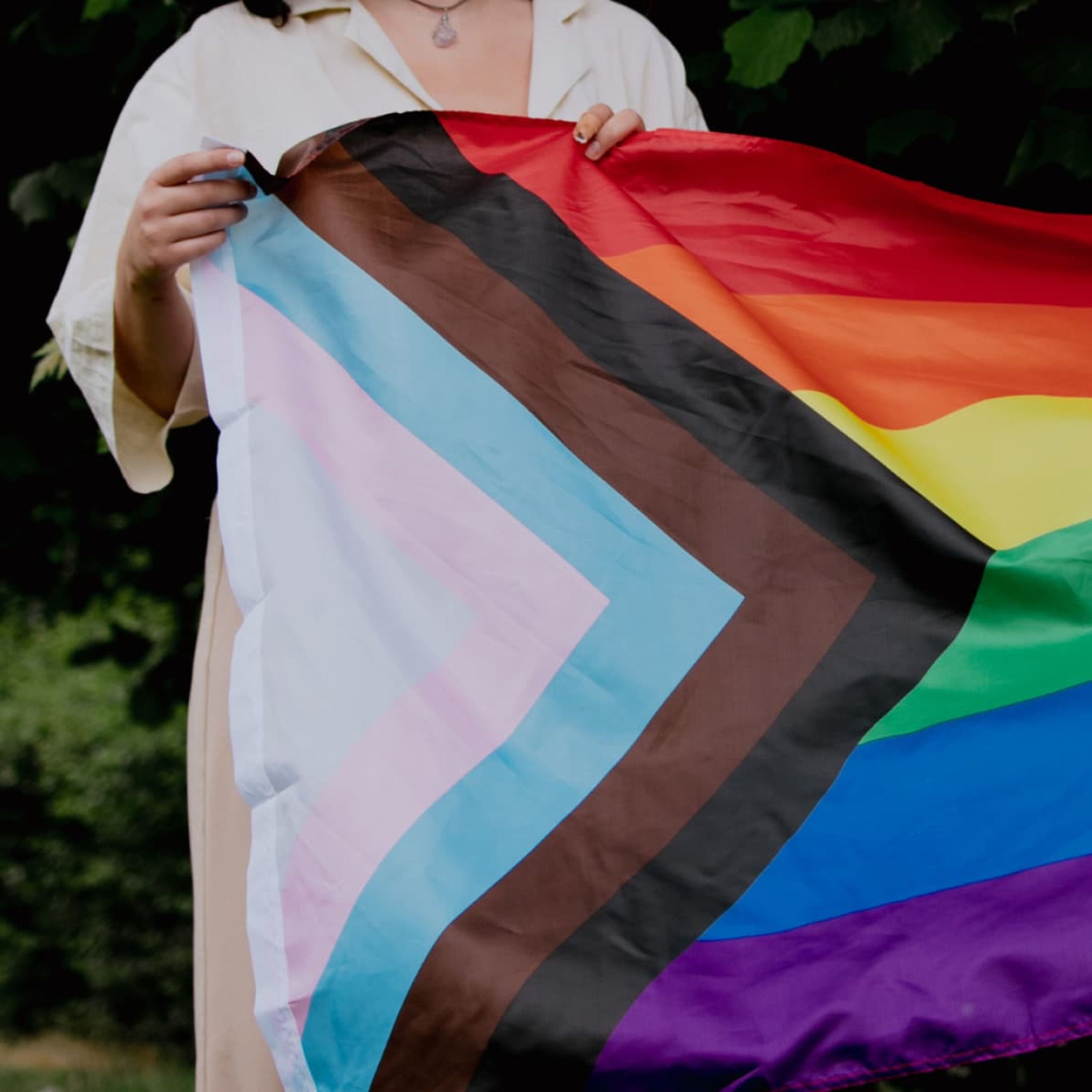Listen To Our Lastest Podcast

Today, a person’s race remains the most prevalent factor in systemic inequality throughout the United States, but understanding oppression through race alone doesn’t capture the complex injustices that people of all races experience. To help explain the compounding, often “unseen” oppression that people with multiple, intersecting marginalized identities experience, legal scholar Dr. Kimberlé Crenshaw coined the term intersectionality to refer to the ways in which “various forms of inequality often operate together and exacerbate each other1” rather than functioning in isolation from one another. However, intersectionality does not simply refer to the “sum” of these inequalities, but refers to the unique and complex ways in which inequalities result from the discrimination of people along multiple marginalized identities. While there are a variety of factors that intersect to form unique experiences for marginalized communities, such as class, age, and education, alongside race, discrimination by gender often contributes to and helps maintain inequalities for people of all backgrounds.
Understanding gender as an intersectional issue of oppression means understanding that gender oppression persists in various contexts despite or in tandem with one’s other identities, whether those are from relatively privileged or marginalized backgrounds. Take for example one who comes from a historically marginalized race and gender. Among their community, whether by race or gender alone, they may not feel marginalized or experience discrimination directly as a result of their gender or race. However, in institutions throughout the United States, which are often founded in White supremacy culture and patriarchy, one’s gender and race may play intersecting roles in how one experiences discrimination. To borrow an example from Dr. Crenshaw’s past work, a Black woman who is discriminated by an employer who often employs Black men and White women may not consider that they have experienced discrimination by their race or gender alone. However, a Black woman cannot separate their race from their gender and thus may experience discrimination in contexts in which Black folks or women may not necessarily experience discrimination on the basis of their race or gender alone.
Given the complex social fabric of the United States, intersectionality as a concept is an incredibly useful lens through which we may better understand “how we got here.” When examining outcomes for people using any number of indicators, thinking about gender as an intersectional issue of oppression can help us uncover ways in which gender plays an intersecting role in maintaining inequalities we may see. For example, it is a common statistic that women are regularly underpaid across many industries compared to men. Within the category of women, however, we see how intersecting identities may cause further inequalities within just the category of gender, such as how women of color often lag far behind White women when it comes to median wealth. Another historical example comes from the legacy of affirmative action in which we have seen such policies often benefitting White women rather than racial minorities of any gender. These examples are just the tip of the intersectional iceberg, as we can explore outcomes by gender and disability, sexuality, and education, just to name a few.
Looking at gender as an intersectional issue of oppression also offers a critical lens for examining how gender oppression may persist within marginalized communities. Transgender people, nonbinary folks, gender non-conforming people, women, and others from an expansive spectrum of gender identities continue to experience disparate outcomes compared to their counterparts along the basis of race, class, ability, education, and so on. For example, while the legacy of various racial groups’ fights for civil rights have been well documented since the civil rights movement of the mid-twentieth century, what has become increasingly visible in the decades since is how people from historically marginalized gender identities faced and continue to face discrimination and inequality within their same-race communities. In particular, the recent increased violence and discrimination of Black trans women by both Black and White communities has highlighted this tragic reality.
Social justice demands that people of all genders experience fulfilling lives regardless of their race, class, (dis)ability, sexuality, or any other identities and life factors. Within any organization, it is imperative to adopt an intersectional lens when addressing social issues and making the conscious effort to learn how gender intersects and results in unique experiences for folks from all walks of life. It is not enough to address other inequalities without also addressing gender.
***
Converge has rich experience supporting organizations to address systemic inequalities internally and throughout the communities they serve, all through a racial and intersectional equity lens. We provide Program Evaluation, Racial and Intersectional Equity (R.I.S.E.©) Training , and Strategic Planning to help organizations live up to their missions and create a more radically just society.